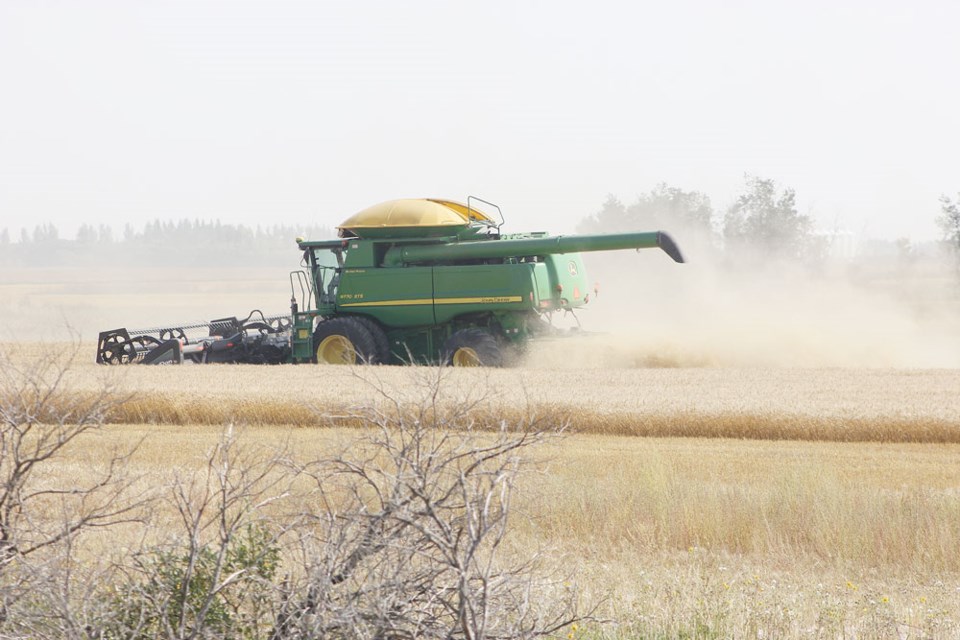Crop District 1 -Carnduff, Estevan, Redvers, Moosomin and Kipling areas;
Crop District 2 – Weyburn, Milestone, Moose Jaw, Regina and Qu'Appelle areas;
Crop District 3ASE – Radville, Minton and Lake Alma areas
Despite the rain delays, harvest is underway in the southeast region. One per cent of the crop is now stored in bins while just over three per cent is swathed or ready to straight-cut. This is well-behind the five-year (2014-2018) average which is six per cent combined.
The region reported significant rainfall last week. The Pense area reported the most rainfall at 82 mm. The Lampman area received 45 mm, the Kipling area 33 mm, the Weyburn area 62 mm, the Briercrest area 58 mm, the Odessa area 65 mm and the Radville area up to 60 mm. The Indian Head area has received the most precipitation since April 1 (352 mm). The rainfall may cause downgrading and quality issues in the pulse crops. However, the rainfall will be beneficial to many pastures, hay land and late-seeded crops in the region.
Topsoil moisture conditions have greatly improved with the rainfall. Topsoil moisture on cropland is rated as 13 per cent surplus, 83 per cent adequate, three per cent short and one per cent very short. Hay land and pasture topsoil moisture conditions are rated as two per cent surplus, 84 per cent adequate, 12 per cent short and two per cent very short.
Most crop damage this past week is attributed to localized flooding and strong winds.
Producers are busy hauling bales, getting equipment ready for harvest, desiccating and combining crops.
The majority of crop damage this week was from strong winds and localized flooding.
Producers are busy hauling bales and grain, getting ready for harvest and desiccating and combining crops.
|
Southeast Hay Yields (tons/acre) |
||
|
|
Dry land |
Irrigated Land |
|
Alfalfa |
0.9 |
2.0 |
|
Brome/Alfalfa |
0.9 |
2.0 |
|
Other Tame Hay |
0.8 |
2.5 |
|
Wild Hay |
0.6 |
N/A |
|
Greenfeed |
2.1 |
N/A |



